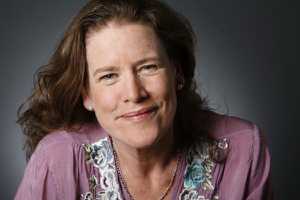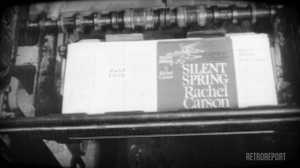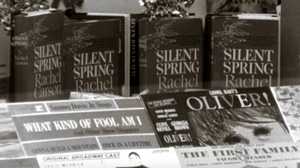What a girl wants (is a good boy band).
By Gayle Wald
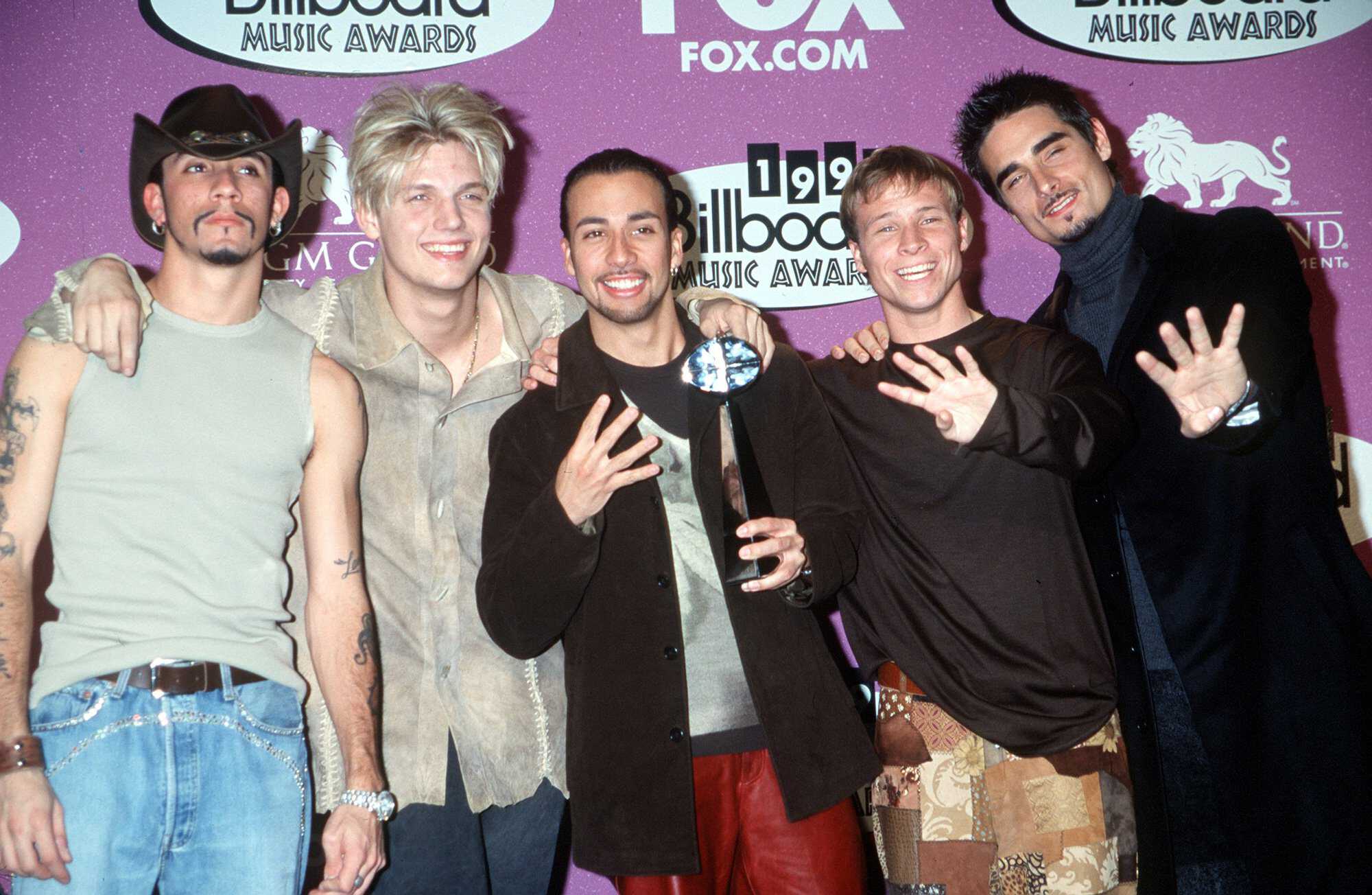
If you were a tween girl in the summer of 1999, there’s a good chance you spent at least some of the season watching Total Request Live, the popular MTV daily video countdown show. Which is to say, you spent some of that season experiencing the sonic juggernaut that was “I Want It That Way,” the Backstreet Boys song that dominated the number one slot from June until August, when it was forcibly retired to make room for a new top video. Like the song, the video, directed by Wayne Isham, does not so much tell a story as evoke the intensity and bittersweetness of “wanting,” particularly as it concerns pop music fandom.
Set at Los Angeles International Airport, “I Want It That Way” depicts the fresh-faced boy band singing and dancing in coordinated ensembles as their private jet, conspicuous in the background, stands ready to whisk them away to unknown destinations. Girls watching the video are invited to see their own desire reflected in its images of emotional fans gathered in a hangar to say goodbye to their idols.
The Backstreet Boys, along with bands like *NSYNC and LFO, existed because girls ostensibly wanted it that way. Cultural tastemakers may have derided “I Want It That Way” (like much other “teenybopper” pop of the late 1990s) as inauthentic; but the girls listening to it embraced the music for seeming to speak directly to and for them. Perhaps more importantly, groups like the Backstreet Boys gave girls a chance make themselves heard, both culturally and commercially.
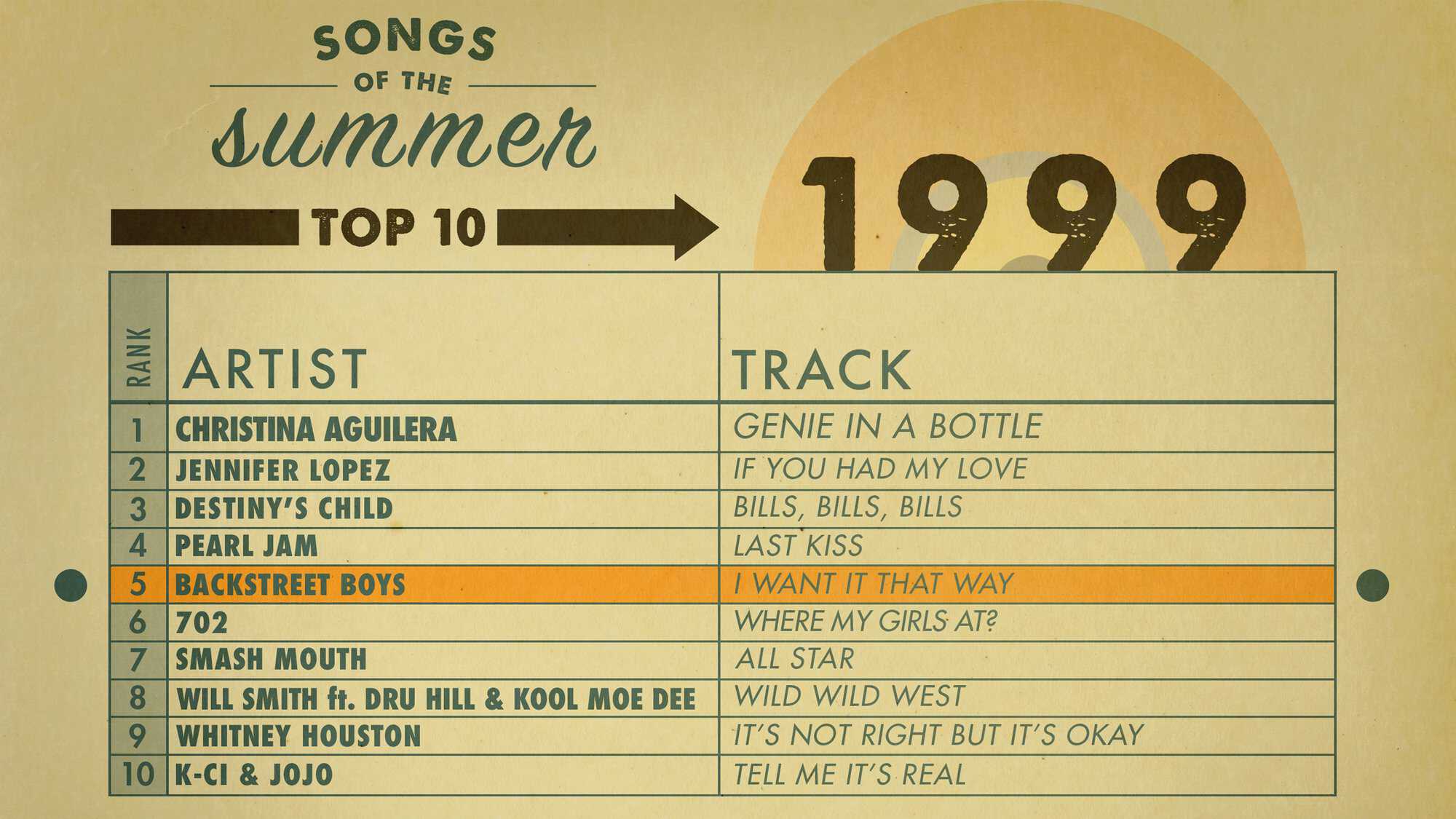
Although their buying power has seldom translated into cultural cachet, women constituted the largest consumer audience for recorded sound from the emergence of Emile Berliner's grooved shellac discs as the medium of choice in the 1890s, through World War II. As Isaac Goldberg dutifully noted in his 1930 book Tin Pan Alley: A Chronicle of American Music, “Our popular song, in its industrial phase, begins largely under the influence of women.” The girls who rendered the Backstreet Boys bulletproof on the pop charts at the turn of the millennium were not so different from earlier generations of female fans who made crooners like Rudy Vallée into the nation’s first male “pop” stars, and propelled the early careers of rock ‘n’ roll icons like Elvis and The Beatles. But manufactured boy bands, stretching back to the Monkees and the Bay City Rollers, were distinct in that they didn’t try to conceal their appeal to girl-fans — it was their raison d’etre.
The Backstreet Boys were part of a boy-band mini-industry spawned in the 1990s by Lou Pearlman, the Orlando-based impresario who was later disgraced for perpetrating a multimillion-dollar Ponzi scheme involving a fictitious fleet of charter airplanes. (Even from a Florida prison, where he died in 2016, Pearlman happily reminisced about the “very nice and very substantial” profit he made off the band.) Yet the sleazy paternity of Pearlman’s famous musical offspring contrasted with their G-rated vibe, which garnered the approval of parents while creating a “safe” space in which girls could fantasize while bonding with other girls.
As it turned out, girls weren’t the only ones who responded. Anyone who found pleasure in identifying with “girlness,” regardless of age or gender, could discover the magic of songs like “I Want It That Way.” The product of a collaboration between the Backstreet Boys and Swedish songwriters Max Martin and Andreas Carlsson, the mid-tempo ballad was deliciously emotive and melodically seductive. Middle-aged women propelled the tune to top of the Billboard Adult Contemporary chart, and happily chaperoned their underage kids at concerts. It also proved irresistible to queers of all ages, who incorporated it into drag shows, where the ambiguity of wanting it “that way” could be embraced as an affirmation of non-normative desires, and where the Backstreet Boys’ bromance could be exploited for campy fun. Even music critics could not deny the brilliance that was “I Want It That Way.” No less an arbiter of musical prestige than the Village Voice ranked the song number five in its annual “Pazz and Jop” critics poll.
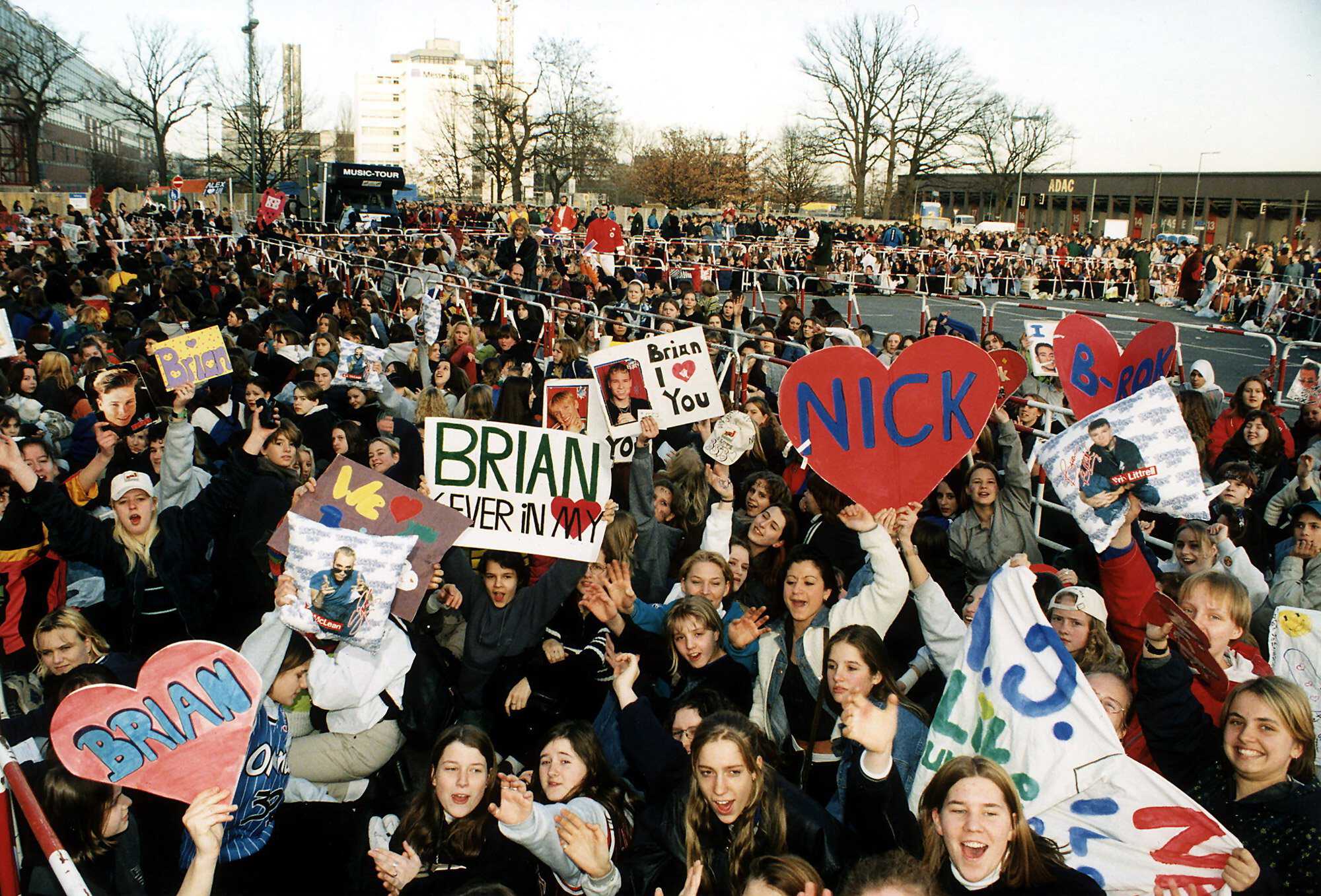
Still, their appeal to tween girls was the secret sauce of boy bands, whose business model assumed a strategy of targeting girl audiences and then encouraging them to see themselves as “owners” of their consumer choices. The product created the appetite for more product — all the while allowing the consumer to believe that she was in charge. Looking back, it’s possible to see the success of “I Want It That Way” in 1999 as a harbinger of the changing relationship between producers and consumers in the digital age. Consider the show that bolstered the song’s success, MTV’s Total Request Live; dependent on viewers voting for their daily favorites, it anticipated “interactive” monster-hits such as American Idol. And think of the way today’s cultural entrepreneurs target consumers on an intimate scale, fostering the illusion that we are co-creators of the goods and services we consume. It was precisely this relationship the Backstreet Boys sang about on “Larger Than Life,” the follow-up single off their third studio album, Millennium:
All you people can't you see, can't you see
How your love's affecting our reality
Every time we're down
You can make it right
And that makes you larger than life
But I find it difficult to sustain such a cynical critique while in the thrall of the dreamy harmonies of “I Want It That Way,” a song that I have observed generating spontaneous, sweetly nostalgic singalongs in public spaces. If “I Want It That Way” was melodic crack created in the pop laboratory of evil geniuses like Max Martin and Lou Pearlman, in the earnest vocalizing of the Backstreet Boys it was also a song that provided all sorts of non-manufactured, collective pleasures. In retrospect, “I Want It That Way” is a reminder that, where pop music is concerned, inauthenticity and realness co-exist in a perpetual feedback loop. More important, the song girls wanted proved that sometimes we all want it that way.
Listen to the complete top ten from the summer of 1999 on Spotify.

Gayle Wald is the author of three books, including Shout, Sister, Shout! The Untold Story of Rock-and-Roll Trailblazer Sister Rosetta Tharpe. A professor at George Washington University, she co-edits Bloomsbury's 33 1/3 series of books about albums. Her favorite Backstreet Boy is Kevin.
Roll down the windows, turn up the volume and prepare to sing along as American Experience celebrates the music of the season with Songs of the Summer.
In 1958, Billboard launched its Hot 100, chronicling the songs that were flying off record store shelves, playing non-stop on juke boxes, and blaring through radio speakers. Almost sixty years on, how we listen to music and how we track a song’s success may have changed, but music remains a powerful force in our culture. Every Friday from June 2 through August 25, we’ll reveal one iconic song that hit the charts, accompanied by commentary from some of our favorite music writers. Explore our historical mixtape, and check back each Friday for our next track.
Published August 11, 2017.




